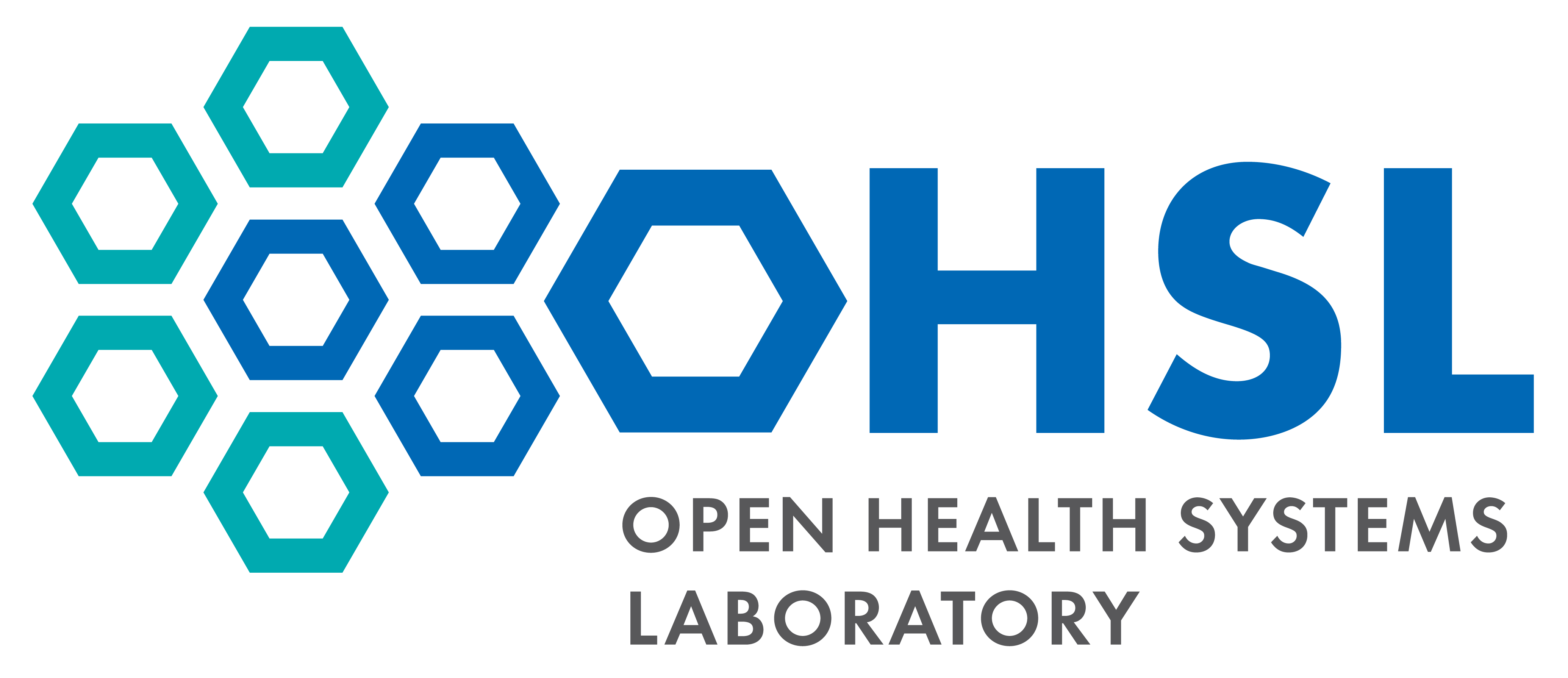There can be no doubt that open-source is a great enabler of AI progress. Open-source software projects and open datasets are accelerating progress for academics and industry alike including for targeted health problems such as those explored by OHSL. The best map of the open-source AI and Data landscape of projects can be found at the Linux Foundation AI and Data Foundation. And yet, the high levels of openness are surprising to those who know some of the long history of proprietary AI research and product development.
If openness of algorithms and datasets are the main enablers, then the main barriers to AI progress are also equally clear. While GPT-3, the ability to produce human-like text, has been hailed by some as great progress in both natural language processing and commonsense reasoning capabilities, we can still clearly see:
(1) the amount of data and computer processing power required to create and/or replicate GPT-3 can be justified by only a few organizations (slowing progress).
(2) while truly remarkable in some ways, the capabilities of GPT-3 fall short compared to capabilities of children on some tasks, thus speaking to the current limitations of the paradigm for progress, and;
(3) beyond these fundamental cost and capability challenges, GPT-3 and other like accomplishments highlight rather than diminish the remaining profound democratization and trust barriers to be overcome, before individuals can enjoy the benefits of a personal AI assistant on their smartphones and other personal computing and communication devices.
Clearly there are a lot of opinions on how to accelerate AI progress in ways that solve complex urgent problems and create the greatest societal benefits, while imposing the least harm.
Others see AI as a very hard problem, still in early stages, and going through hype-cycles, and not yet living up to even a small fraction of its potential.
Personally, I am especially fond of boundary-spanning, multi-organizational efforts such as those of LF AI & Data, OHSL, Doug Engelbart Institute, and ISSIP.org.
So, if the enablers and barriers of AI progress are so clearly apparent, what can and should individuals know and do, in order to best realize the benefits and avoid the risks? First, educate yourself and ask questions. There is only so much an individual can understand by looking at the headlines of news stories. A lot of that is hype, in fact. Find an area of AI that is of interest to you personally and try to go deep. Who are the experts in that area? What do they say?
For me, I know true AI progress is connected with human-like memory of episodes (download and read Schank (1983) Dynamic Memory), which seems far away. I know this because “we are our memories,” and without our memories, we lack identity and ability to function in a social context (download and read Forbus (2016) Software Social Organisms).
The important point is simply to find one aspect of AI that fascinates you and go deep, by finding and reading the experts.
Second, download free, AI-power apps on your smartphone and try them out. For example, try out Seeing AI. Downloading and playing with AI apps, is a kind of fun, learning by doing.
Third, and finally, think about where an AI assistant would make the biggest difference in your life, and try to make lists of these activities – while being watchful on the first and second points above. You may get lucky and read that an expert has made progress on exactly the activity that you most want help with, or you may even be luckier and find an app that can help!
In summary: (1) go deep, (2) download apps, and (3) list activities.
Openness is a great enabler of AI progress, but there are still barriers blocking the way. Join one of the many grassroots organizations as well as join others trying to unlock the potential of AI in ways that benefit societies through cooperation and collaboration.


Add new comment